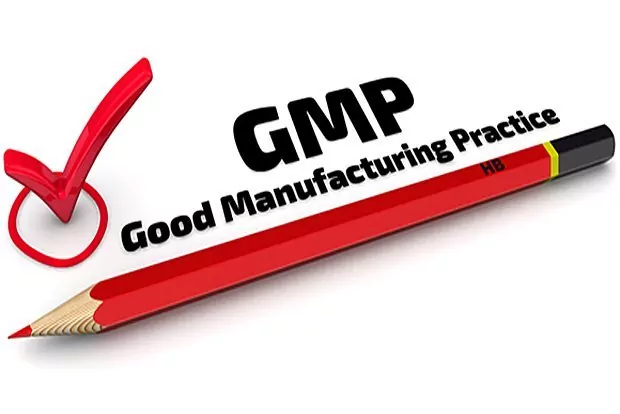New PIC/S Guidance on Classification of Good Manufacturing Practice Deficiencies
The findings of a Good Manufacturing Practice (GMP) inspection can have a substantial impact on both your organisation and, subsequently, public health. For example, if the deficiencies found are classified as significant, they may necessitate cessation of manufacturing activities and/or product withdrawal from the market. The understanding and, hence, classification of these deficiencies is therefore critical when carrying out GMP activities and in preparation for an inspection. In the advent of globalization, harmonised procedures, including the classification of deficiencies, will improve inter-agency consistency and provide transparency throughout the industry.
The Pharmaceutical Inspection Co-Operation Scheme (PIC/S) aims at harmonising inspection procedures worldwide by developing common standards in the field of GMP and in doing so published a range of guidance documents. On the 01 January 2019 PICS/S published new Guidance on Classification of GMP Deficiencies to support both inspectors and industry.
The guidance clearly defines ‘Critical’, ‘Major’ and ‘Other’ deficiencies along with working examples of both ‘Critical’ and ‘Major’ deficiencies. A ‘Critical’ deficiency can include fraud, misrepresentation or falsification of products or data, amongst other issues, whereas a ‘Major’ deficiency incorporates non-compliance with a Marketing Authorisation, Clinical Trial Authorisation, product specification, pharmacopeia or dossier requirements. A ‘Comment’ is also defined as “One-off minor discrepancies… not formally considered deficiencies, but are brought to the attention of the manufacturer as comments”.
A useful Management Tool to Support Consistent and Objective Categorisation of GMP Deficiencies in accordance with Risk Management Principles is included in the guidance. However, it is important to note that the information provided is non-binding as the classification of any deficiency should take into account the context of the finding and the quality history of the site.
The guidance also describes the actions to be taken by inspectorates in response to the reporting of critical and major deficiencies, which is important for industry to be aware of. These actions can include the following:
- compliance related communications which alert the manufacturer to the inspectorate’s concern, and possibility for future regulatory action if remedial action is not effective;
- regulatory action against the site authorisation or GMP approval (refusal, suspension or amendment of an establishment licence);
- market actions such as recall (voluntary or mandated by the regulatory authority);
- prohibition of supply / importation;
- prosecution;
- communications to the public using public warning/public advisory or information updates;
- suspension or cancellation of Marketing Authorisation/ Product Licence;
- health product label or packaging changes.
To read the guidance in full, visit the ‘Publications’ section of the PIC/S website at the link below and search Guidance on Classification of GMP Deficiencies (PI 040-1):
https://www.picscheme.org/en/publications
PharmaLex can support key personnel within your organization in achieving a successful GMP inspection through the development of an inspection readiness programme. Post inspection support can also be provided in the development of corrective action remediation activities to support inspection responses. To discuss the range of services that we offer, please connect with us on +353 1 846 4742 or email us at contactirl@pharmalex.com.








